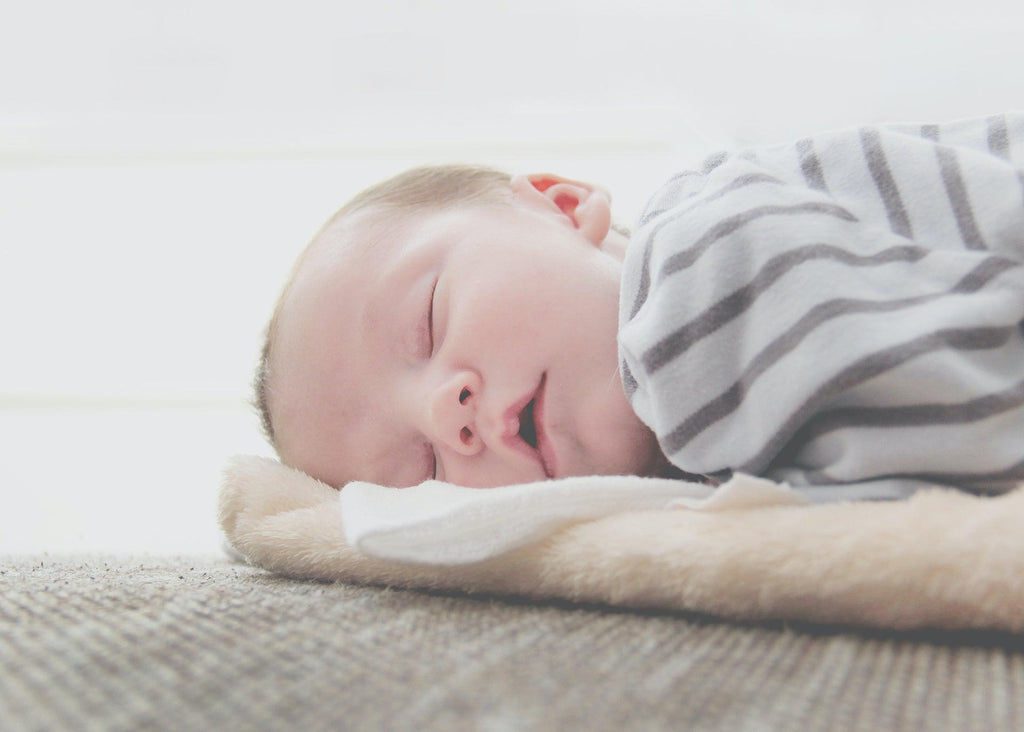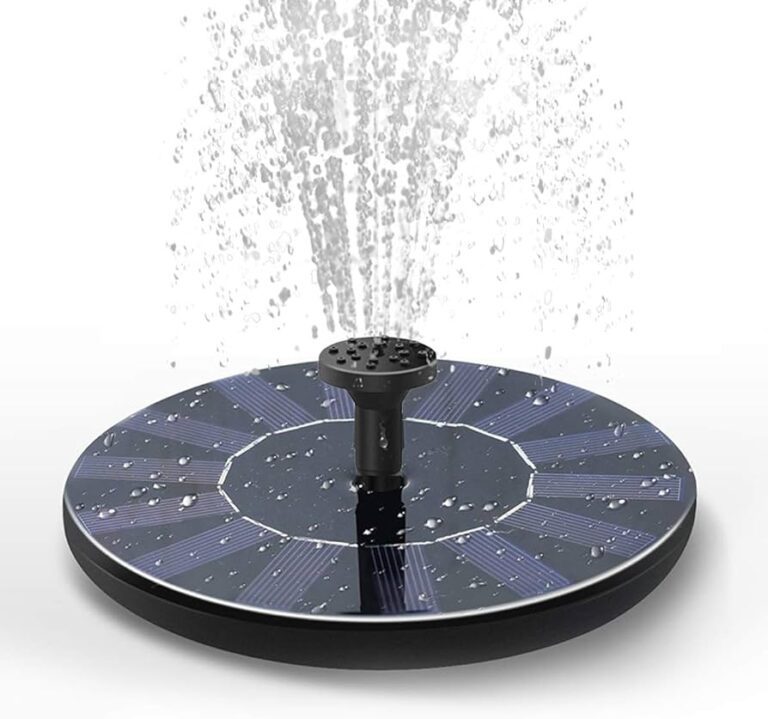How Long to Use Uppababy Bassinet: The Ultimate Guide
The Uppababy bassinet is typically used for around six months. It provides a safe and comfortable sleeping space for newborns and infants.
However, as babies grow and develop, they may outgrow the bassinet and require a stroller to meet their changing needs. Adding a bassinet to your Uppababy CRUZ allows your newborn to lie flat in the safest and most comfortable position, supporting their neck and spine.
It is important to note that the Uppababy bassinet is not recommended for overnight sleeping and should be used only for supervised naps and shorter periods of sleep. When it comes to transitioning from the bassinet to a crib, every baby is different, but most are ready to make this transition around the age of five to six months.

Credit: shoptadpole.com
Age Limit For Using Uppababy Vista Bassinet
Are you wondering what the recommended age is to stop using the bassinet on your Uppababy Vista stroller? Transitioning your baby from the bassinet to a more suitable option can be an important milestone in their development. Let’s explore the age limit for using the Uppababy Vista bassinet and the key developmental milestones that indicate when it’s time for a transition.
What Is The Recommended Age To Stop Using The Bassinet On Uppababy Vista?
The recommended age to stop using the bassinet on Uppababy Vista is when your baby reaches around six months old. This is typically the age when infants start to sit up on their own. Since the bassinet is designed for newborns and infants who cannot sit up independently, it’s important to transition your baby to a more suitable seating option as they reach this developmental milestone.
Understanding The Developmental Milestones That Indicate It’s Time To Transition Out Of The Bassinet.
Babies go through several developmental milestones during their early months. These milestones can include rolling over, sitting up, and becoming more active. When your baby starts to demonstrate the ability to sit up independently, it’s a clear indication that they have outgrown the bassinet and are ready for a stroller seat.
- Rolling Over: Once your baby starts rolling over consistently, it indicates that their core muscles are strengthening, and they require more freedom of movement than what the bassinet can provide.
- Sitting Up: When your baby can sit up without any support, it shows that their neck and back muscles have developed enough to provide adequate support in a stroller seat.
- Becoming More Active: As your baby becomes more active, they will naturally want to explore their surroundings by looking around and interacting with objects. A stroller seat provides a better vantage point for your baby, allowing them to observe the world around them.
Transitioning your baby out of the bassinet and into a stroller seat not only ensures their safety but also promotes their development and independence. It’s important to closely monitor your baby’s developmental milestones and make the transition when appropriate.
Length Limit For The Uppababy Bassinet
The Uppababy bassinet is a popular choice among parents for its convenience and comfort. However, it’s important to consider the length limit for the bassinet to ensure the safety and well-being of your baby. In this section, we will explore how long a baby can stay in the Uppababy bassinet and delve into the maximum length limit recommended by Uppababy.
How Long Can A Baby Stay In The Uppababy Bassinet?
When it comes to the duration that a baby can use the Uppababy bassinet, it is essential to keep in mind the manufacturer’s guidelines to ensure maximum safety. Uppababy recommends that parents stop using the bassinet once their baby reaches 25 inches in length. This length limit is set to prevent any potential discomfort or safety risks as your baby grows.
Exploring The Maximum Length Limit Recommended By Uppababy.
According to Uppababy, the maximum length limit for the Uppababy bassinet is 25 inches. This limit is in place to ensure that your baby has enough space to move comfortably and avoid any overcrowding or potential injury. It’s crucial to closely monitor your baby’s growth to ensure you transition them to a suitable stroller once they reach this length limit.
Additionally, it’s important to note that the length limit is just one factor to consider when determining when to transition your baby out of the bassinet. Other developmental milestones, such as your baby’s ability to sit up unassisted, should also be taken into account.
Remember to always refer to the Uppababy manual and guidelines for specific instructions on the use and length limit of the bassinet. By following these recommendations, you can ensure your baby’s safety and comfort while using the Uppababy bassinet.
When To Transition From The Bassinet Stroller
As your baby grows and develops, there comes a time when they outgrow the bassinet and need to transition to a stroller. It’s important for parents to recognize the signs that indicate the baby has outgrown the bassinet and ensure a smooth transition to a stroller. In this article, we will discuss when parents should consider switching from the bassinet to a stroller and how to recognize these signs.
When Should Parents Consider Switching From The Bassinet To A Stroller?
Most manufacturers of bassinet strollers recommend that parents stop using the bassinet once the baby can sit up on their own, usually around six months. At this stage, the baby’s development allows them to have more control of their body and they are ready to explore the world from a more upright position. Switching to a stroller provides better support for the baby’s growing strength and mobility.
Recognizing The Signs That Indicate The Baby Has Outgrown The Bassinet
Every baby is different, but there are a few signs that can help parents determine if their little one is ready to transition from the bassinet to a stroller:
- The baby is consistently able to sit up on their own without support.
- They show a strong desire to explore their surroundings and have a more elevated view of the world.
- The bassinet becomes too confining for the baby’s growing body and they seem uncomfortable or restless.
- They are able to hold their head up steadily without any assistance.
- When the baby exceeds the maximum weight or length limit specified by the bassinet manufacturer.
It’s important to remember that every baby develops at their own pace, so it’s crucial to observe their individual milestones and readiness for transitioning. Being aware of these signs can help parents make an informed decision about when to switch from the bassinet to a stroller.
Benefits Of Using The Uppababy Bassinet
The Uppababy Bassinet offers numerous benefits, including its versatility as a comfortable sleeping space for newborns, its ability to promote proper spinal alignment, and its convenience for on-the-go parents. It is recommended to transition from the bassinet to the crib around five to six months of age.
Why Is The Uppababy Bassinet Recommended For Newborns?
Newborn babies require extra care and attention, especially when it comes to their safety and comfort. The Uppababy bassinet is designed specifically to cater to the needs of newborns, providing them with a secure and cozy environment. With its soft and breathable interior lining, the bassinet ensures that your baby sleeps comfortably, allowing for uninterrupted rest. Additionally, the bassinet’s flat sleeping surface promotes healthy spinal development, reducing the risk of any discomfort or postural issues.
Exploring The Advantages Of Using The Bassinet For Baby’s Safety And Comfort.
The Uppababy bassinet offers a range of advantages that contribute to the overall safety and comfort of your baby:
- Safe and secure: The bassinet is equipped with a sturdy and stable frame, ensuring that your baby is protected at all times. The bassinet’s deep sidewalls provide a cocoon-like environment, preventing your baby from rolling out while they sleep.
- Easy monitoring: The bassinet features a breathable mesh canopy that allows you to keep an eye on your baby while they sleep. This way, you can ensure their well-being without disturbing their rest.
- Convenient mobility: The bassinet is lightweight and portable, making it easy to move around the house or take it with you when you’re on the go. Its detachable carrying handle further adds to its convenience.
- Adaptable and versatile: The Uppababy bassinet is designed to be compatible with the Uppababy Vista stroller, allowing you to seamlessly transition from a bassinet to a stroller as your baby grows. This eliminates the need for an additional separate stroller for your newborn.
- Hygienic and easy to clean: The bassinet’s mattress cover is removable and machine washable, ensuring that your baby always has a clean and fresh sleeping surface.
- Long-lasting use: While every baby’s growth rate is unique, the Uppababy bassinet is designed to accommodate newborns up to a certain weight and height limit. It provides a safe and comfortable sleeping space for your baby during their early months.
Ensuring Safe Overnight Sleeping With The Uppababy Bassinet
Ensure safe overnight sleeping with the Uppababy Bassinet, providing a comfortable and secure sleeping space for your baby. Discover how long you can use the Uppababy Bassinet to ensure your child’s safety and comfort as they grow.
Can The Uppababy Bassinet Be Used For Overnight Sleeping?
Yes, the Uppababy bassinet is specifically designed to provide a safe and comfortable sleeping environment for your baby, even overnight. Uppababy has taken great care to ensure that the bassinet meets and exceeds all safety standards, making it suitable for prolonged sleep.Understanding The Safety Precautions And Guidelines For Using The Bassinet At Night.
When using the Uppababy bassinet for overnight sleeping, it’s crucial to follow safety precautions and guidelines to ensure your baby’s safety. Here are some key points to keep in mind:- Always use the bassinet on a flat and stable surface to prevent any tipping or rolling.
- Make sure the bassinet is securely attached to your Uppababy stroller frame or bassinet stand for added stability.
- Remove any loose bedding, pillows, or stuffed animals from the bassinet to reduce the risk of suffocation.
- Dress your baby in appropriate clothing to avoid overheating. A light and breathable sleep sack can be a great option.
- Position your baby on their back for sleep, as recommended by pediatricians to reduce the risk of Sudden Infant Death Syndrome (SIDS).
- Keep the bassinet away from cords, drapes, or any other potential hazards that may pose a strangulation risk.
- Regularly check the bassinet and its components for any signs of wear and tear. Discontinue use if you notice any damage.
- Monitor your baby while they sleep in the bassinet, ensuring they are in a safe and secure position.
- Follow the maximum weight and height limits specified by Uppababy to ensure proper support and safety for your baby.
Frequently Asked Questions On How Long To Use Uppababy Bassinet
At What Age Do You Stop Using Bassinet On Uppababy Vista?
Stop using the bassinet on UPPAbaby Vista around six months.
What Is The Length Limit For The Uppababy Bassinet?
The length limit for the UPPAbaby bassinet is 25 inches.
When Should Baby Stop Using Bassinet Stroller?
Once the baby can sit up on their own, usually around six months, it is recommended to stop using the bassinet stroller. Babies outgrow the bassinet as they grow and need a stroller to accommodate their changing needs.
Do You Really Need The Uppababy Bassinet?
Yes, the UPPAbaby bassinet is necessary for your newborn’s safety and comfort. It provides a flat and secure sleeping environment, supporting their neck and spine.
Conclusion
To ensure the safety and comfort of your baby, it’s important to know how long to use the Uppababy bassinet. Most manufacturers recommend transitioning to a stroller once your baby can sit up on their own, typically around six months.
This allows for better support and accommodation of their changing needs. Adding a bassinet to your Uppababy CRUZ provides a safe and cozy space for your newborn to lie flat. Remember, every baby is different, so always follow the manufacturer’s guidelines for a smooth transition.








